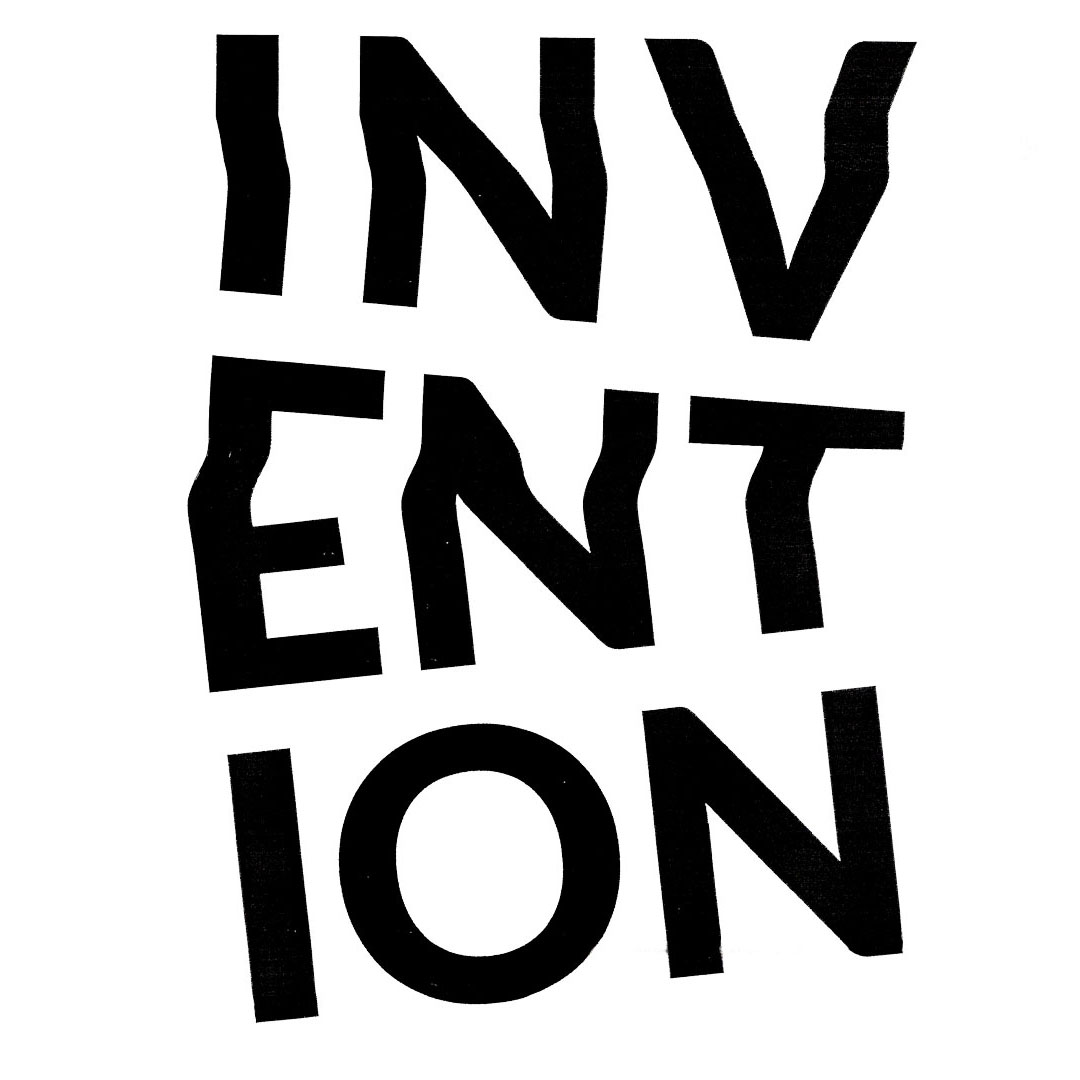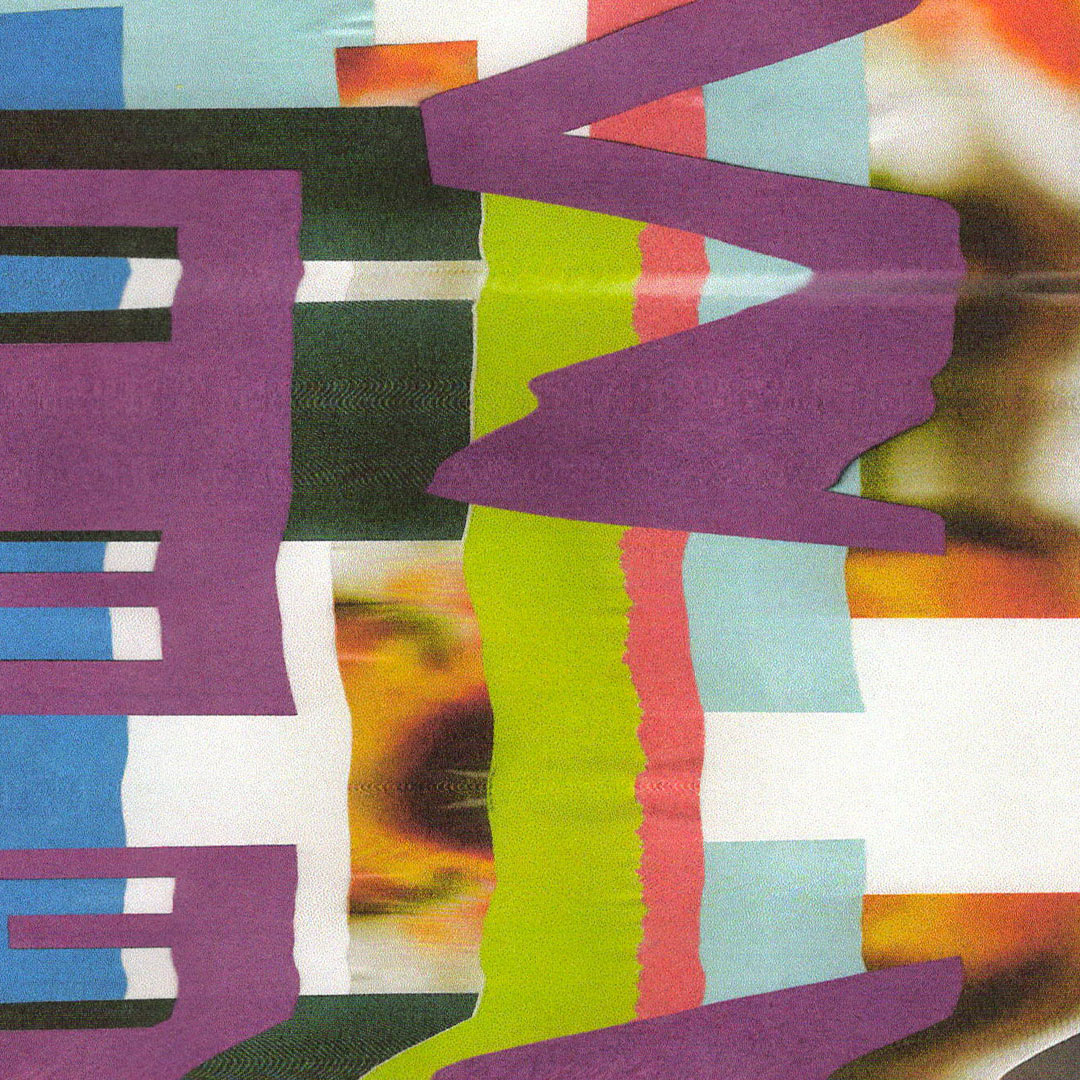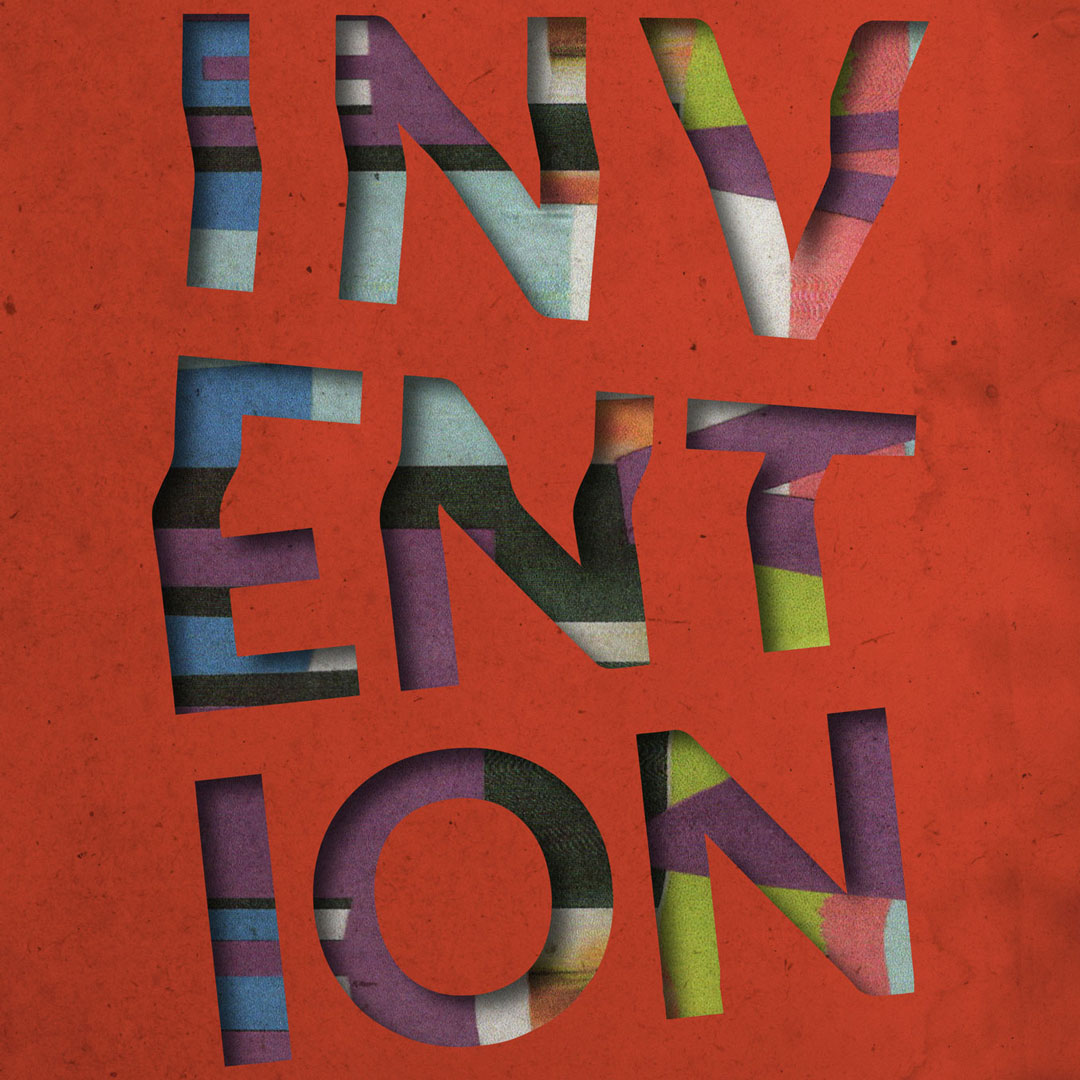

The creative and cultural industries provide many employment opportunities and significantly contribute to the UK and global economies (Department of Digital, Culture, Media and Sport, 2021 ; UNESCO, 2021) . Statistics highlighted that “The UK had an estimated 2.29m creative industries jobs in the year to September 2021”, comprised of 1.62m permanent roles and 663,000 self-employed roles (Creative Industries Council, 2022) .
However, the UK design and creative industries are being undermined and devalued.
Cuts to art and design education funding occur at all levels - from primary schools to higher education institutions (Hingley, 2023) . The UK government is pushing to focus on STEM-based subjects such as science, engineering and maths (Timbrell, 2023) . Cutting arts education in state schools could cause inequality in the creative industries to increase, with art and design study only accessible to those that can access private education (The Guardian, 2023) .
As well as cuts to arts education budgets, the UK government's handling of monetary support for creative and cultural industries throughout the pandemic was seen by some as doing too little, too late (Hewison, 2020) . Recent adjustments to funding allocation to creative and cultural institutions have also caused disruption and controversy, with some organisations struggling to keep afloat during a cost-of-living crisis (Bland, 2022 ; Goh, 2023) .
Consequently, undermining the industry's value risks skill shortages, diversity of outputs, and negative public perceptions.
Using a range of search engines, prompts such as 'design is…' and 'creativity is…' were typed to explore how these search queries were completed.

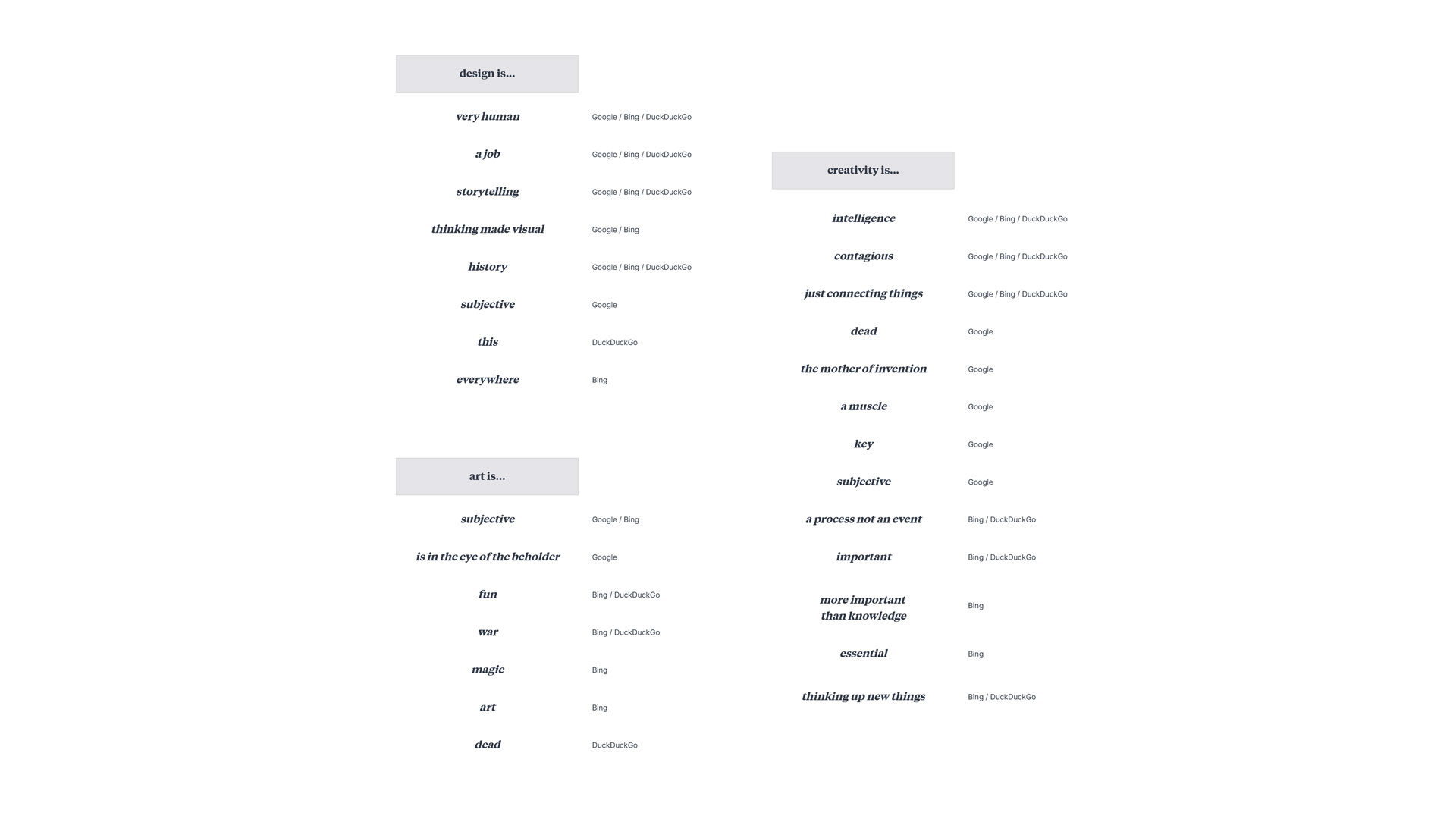
As expected, there were several negative perceptions of design and creativity, including dead, declining, and useless.
However, there were many positive perceptions, including words such as essential, invention, and storytelling.
Typographic visuals were created to explore perceptions revealed by the search engine queries.
Distorted and warped typography, along with the use of a dark, contrasting colour palette, aims to make these negative perceptions feel as though they can eventually disappear.
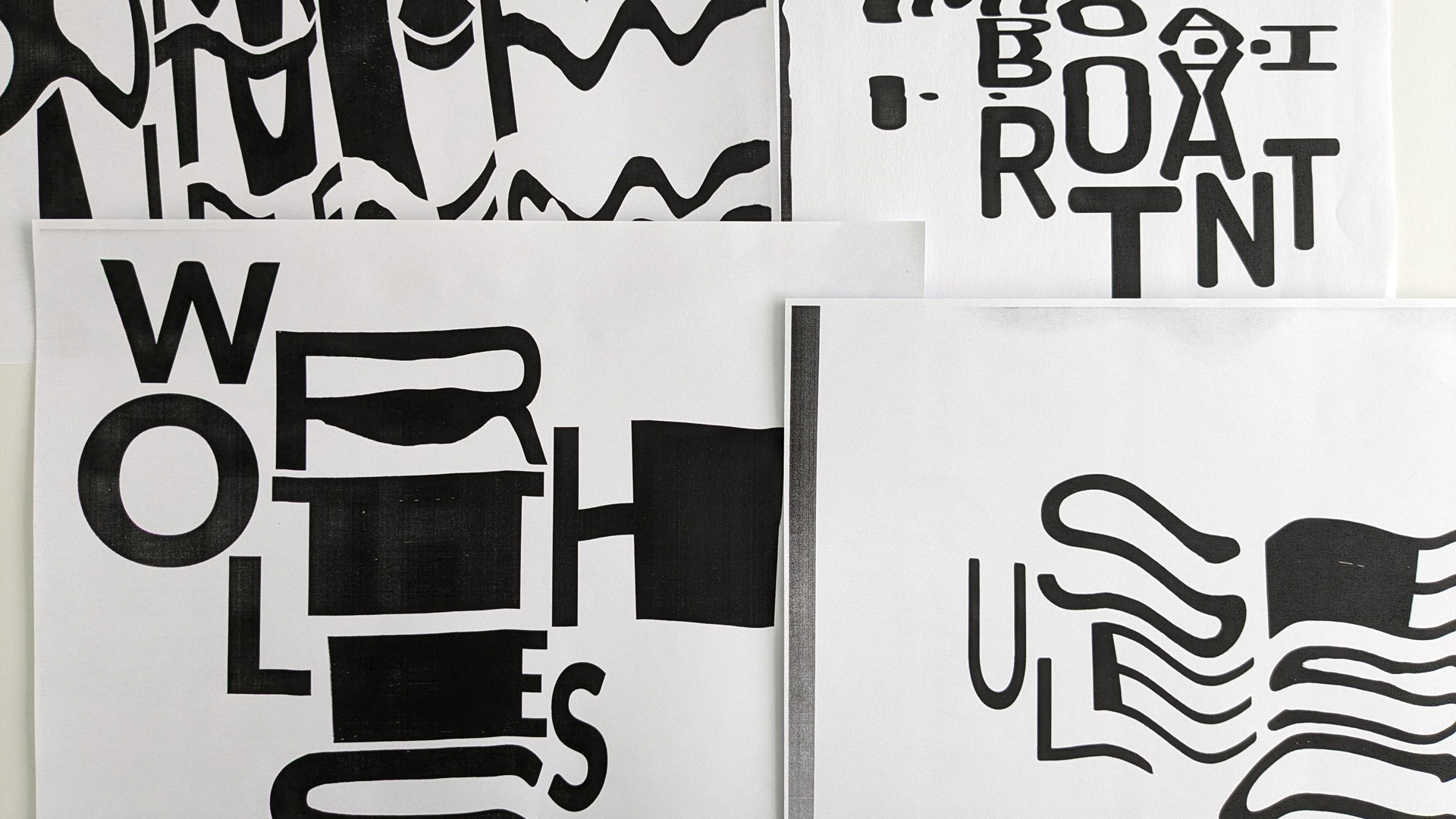
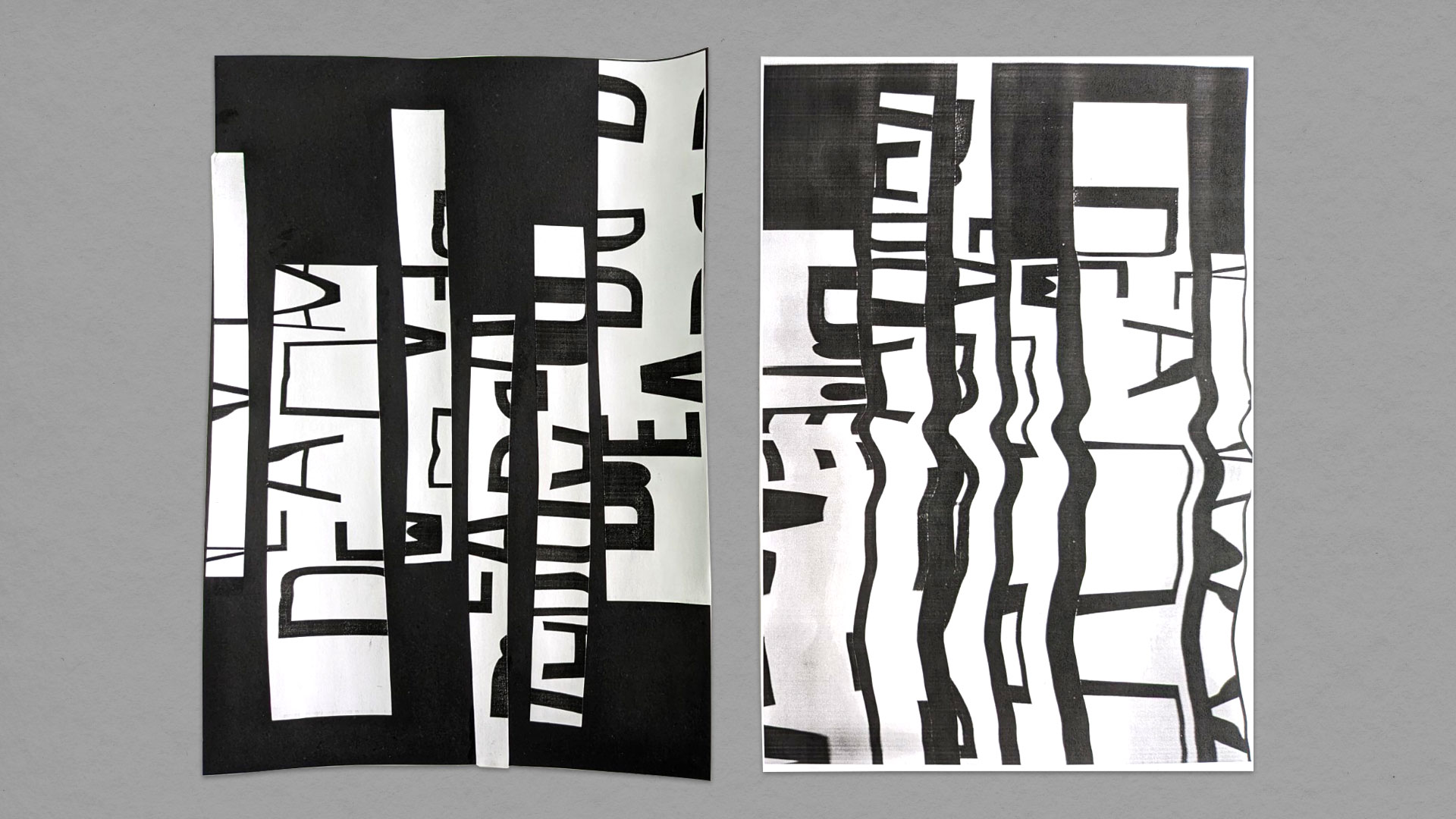
Bold typographic compositions along with bright, vibrant colour palettes and textures, aim to highlight the positive perceptions, highlighting the energy and importance that the creative industries have in the world.
